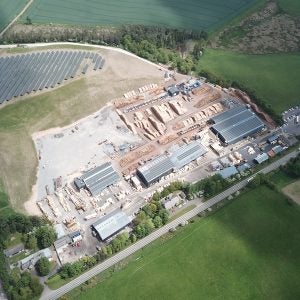The new EU €8.6m Build-in-Wood project targets the reduction of CO2 emissions through increased use of wood for multi-storey buildings.
The project is made up of a consortium of 21 partners and its goal is to make wood the main choice of material for construction of multi-storey buildings. The consortium partners represent the entire value chain from building materials to the finished structure with input from universities who will test the system and material prototypes. I
In addition to designing building systems, the project also involves manufacturers, end users, politicians, and local European communities to increase the knowledge and acceptance of wood as a building material.
Consortium partners also include The Norwegian Institute of Wood Technology, University of Siena, proHolz Tirol, Ergodomus Timber Engineering, Knauf Gips KG and Rotho Blass SRL.
Build-in-Wood is receiving funding from the EU’s Horizon 2020 research and innovation programme and runs for four years from September 2019 to August 2023.
“Our goal is to create a tall timber building kit of parts that optimises current timber technology,” said Kirsten Haggart of Waugh Thistleton.
“The system will be used as an exemplar of timber technology to dispel the barriers to timber adoption within the industry.”
Award-winning Waugh Thistleton designed its first cross laminated timber (CLT) building 15 years ago, as well as building the world’s first urban housing project constructed entirely from pre-fabricated engineered timber and subsequently the world’s largest CLT building.






